Known for their lovely signing abilities, humpback whales are quite charismatic marine mammals. Heavily depleted by whaling, this species has since become a fan favorite on whale watching ships. These fascinating whales have many distinctive characteristics, read on to learn about the humpback whale.
Description of the Humpback Whale
The humpback whale is a large, dark gray, torpedo-shaped marine mammal. These whales are easily distinguished by the “pleats” or grooves along their throats. Though they are not the only species with these grooves, the humpback whale’s white underbelly and distinctive pleats make them easily recognizable. This species also has long pectoral fins on either side of its body, a small dorsal fin on its back, and a large tail fin – known as a fluke.
Interesting Facts About the Humpback Whale
The humpback whale is a unique marine mammal, with a number of distinguishing – and endearing – characteristics. Like many marine mammals, they were heavily depleted during the whaling era, but are now a centerpiece in ecotourism.
- The Whale Watcher’s Sweetheart – Humpback whales are loved by whale watching ships because of their active behavior, and propensity to approach the vessels. Whale-watching ships are heavily regulated, and are not allowed to approach any whale closer than 100 yards. Thus, whales that voluntarily approach ships are highly appreciated, giving tourists a closer look at the huge marine mammals. There is some concern about the implications of this behavior, as time spent approaching ships is time not spent eating, nursing, and socializing with other animals. Scientists are also concerned that whales approaching vessels will be more susceptible to ship strikes.
- Rorqual Whales – The humpback whale is one of nine species in the family Balaenopteridae, which compromises all the animals known as rorqual whales. This group of whales is characterized by the deep grooves in their throats, which expand to fill with water while feeding. Rorqual whale species forage by opening their mouths to take in large amounts of water, allowing their throats to expand like balloons. The whales then spit the water back out of their mouths, filtering out small fish and krill (a small shrimp-like crustacean) through plates of baleen.
- The Songster of the Sea – Humpback whales have some of the most recognizable vocalizations of all whale species. Male humpback whales produce lengthy, organized songs that have distinct melodies. Researchers believe that humpback whales may sing while searching for a mate, or establishing dominance. Populations of humpback whales in different locations have different songs, for example, the North Pacific population has one song, while the North Atlantic population has an entirely different one. These songs gradually change from one year to the next.
- Bubble Nets – Humpback whales use a unique feeding method to capture fish. Groups of humpback whales will dive below the fish and blow bubble “nets” to corral them into one area. The whales then lunge through the trapped fish, taking large mouthfuls of fish and water to filter through their baleen.
Habitat of the Humpback Whale
Humpback whales spend different times of year in different habitats. They spend summer in northern latitudes, and migrate to tropical waters near the equator during the winter. There is also a population of humpback whales that remain in the Arabian Sea year-round.
Distribution of the Humpback Whale
Humpback whales can be found in oceans worldwide.
Diet of the Humpback Whale
Humpback whales have large plates of baleen, a stiff hair-like substance that is used to strain fish and krill from mouthfuls of water. Baleen is made from keratin, the same substance as your fingernails and hair. Humpback whales use this baleen to filter out and eat small fish, smaller krill, and even smaller plankton.
Humpback Whale and Human Interaction
The humpback whale was threatened heavily during the commercial whaling era, along with many other whale species. According to the National Oceanic and Atmospheric Administration (NOAA), the humpback whale population has increased in many of their distinct populations. The taking of humpback whales was prohibited in commercial whaling in 1966. Today, 4 of the 14 distinct populations are listed as endangered.
Humpback whales today continue to face a number of threats, including:
- commercial fishing gear entanglement
- accidental ship strikes
- habitat destruction
- whale watching ship harassment
- hunting in legal harvests for scientific purposes
- illegal harvest for whale meat
Domestication
The humpback whale has not been domesticated in any fashion. The immense size of the whale would prevent any practical domestication efforts.
Does the Humpback Whale Make a Good Pet
The humpback whale would not make a good pet, as they are incredibly impractical to keep. Their enormous length makes building an enclosure impractical, and they can eat up to 3,000 lbs. of fish per day.
Humpback Whale Care
Because the humpback whale has never been kept in human care, we do not know much about the potential requirements for caring for them. We do know that they can eat an estimated 3,000 lbs. of fish and krill per day, and travel thousands of miles in yearly migrations.
Behavior of the Humpback Whale
Humpback whales, along with many other cetaceans, will leap out of the water in a behavior called “breaching.” Scientists speculate that humpback whales may breach to remove parasites, to play, or possibly to display dominance. Slapping of flippers and tails on the surface of the water are also thought to be a display of dominance. These acrobatic displays make them a favorite in the whale watching community.
Reproduction of the Humpback Whale
Humpback whales breed at their wintering grounds, in the tropical waters near the equator. Male humpback whales will compete amongst themselves, sometimes battling violently to earn mating rights. Females have a gestation period of 11 months, and give birth to a 2,000 lb. calf. The calf will remain with its mother for 6-10 months.



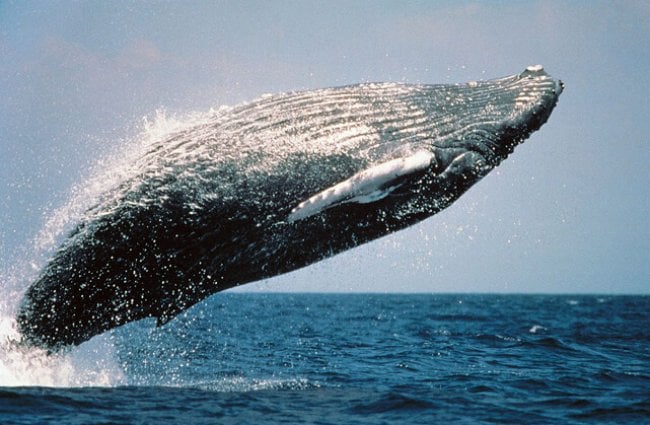



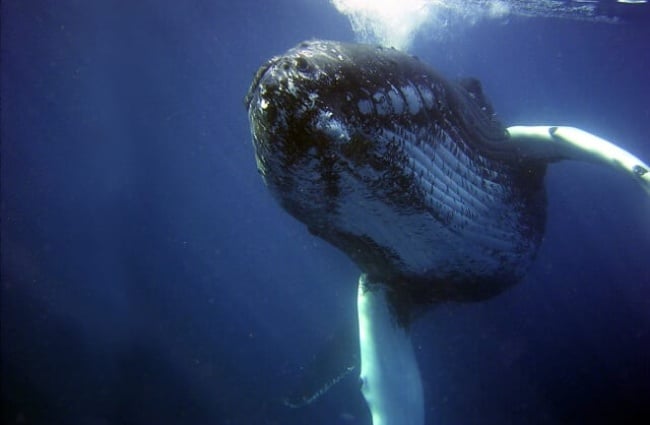
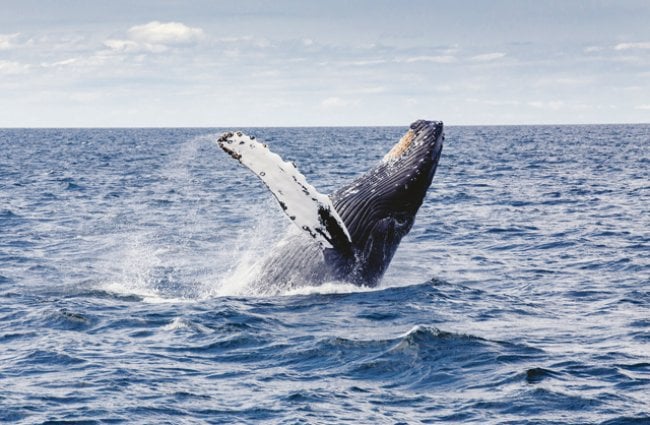


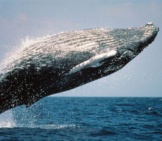
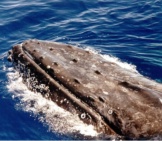


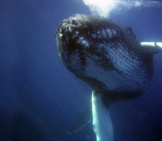
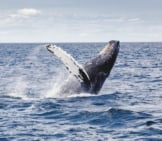
![Red Angus Closeup of a beautiful Red Angus cowPhoto by: U.S. Department of Agriculture [pubic domain]https://creativecommons.org/licenses/by/2.0/](https://animals.net/wp-content/uploads/2020/03/Red-Angus-4-238x178.jpg)












![Red Angus Closeup of a beautiful Red Angus cowPhoto by: U.S. Department of Agriculture [pubic domain]https://creativecommons.org/licenses/by/2.0/](https://animals.net/wp-content/uploads/2020/03/Red-Angus-4-100x75.jpg)

